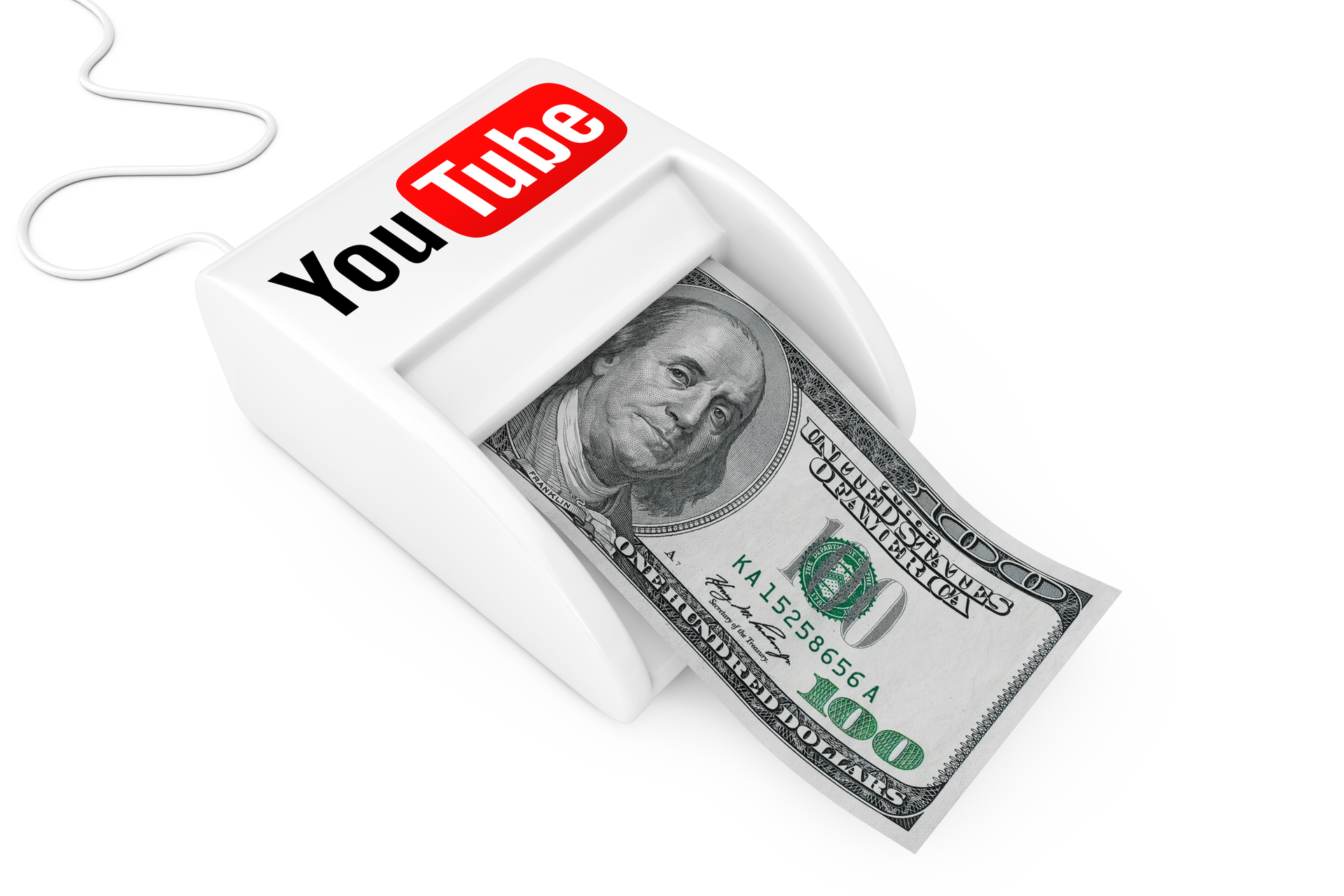Social media is big business, according to the valuations of its largest communities. But the language used to describe why people spend so much time on top platforms like YouTube plays up the creativity aspect, as if content creators didn’t plan to monetize their videos. (Either way, somebody is monetizing: Google-owned YouTube.)
To achieve high enough visibility to make time spent on YouTube profitable, the players enter an increasingly competitive arena ranked by watch times. Even if these inspired creators aren’t holding their breath for the day when they can quit their day job and earn a living as a full-time influencer, it matters to them that people see what they make. The point is to share the content they craft, and high audience counts motivate users on both sides. Makers see how many lives they’re touching with creative videos. Viewers can discern at a glance if what they choose to watch is attractive or useful to others.
So to look at the stated reasons why creators show their work on YouTube isn’t to challenge the joy that fills their lives by serving it up on the platform. Over half of full-time YouTubers cite “expressing creativity” as their number one priority, over increasing subscribers and other motivations. Only for marketers, where understanding YouTube is part of their day job, do concerns over viewer counts, intentions and monetization really guide the discussion. From YouTube’s standpoint, all users are customers, and the more prominent influencers are a little like business clients or mini-partners. And these relationships, based on how users feel about the platform, matter to brand marketers and content distributors, because committing the resources to build out a presence on any platform requires confidence in the platform.
As seen in DMN’s recent coverage of Instagram, social media platforms are testing this confidence by changing the rules. In YouTube’s case, the influx of users forces their hand to do so.
Content platform Storyblocks — which connects users with libraries of video, audio and images, and pays close attention to how creators leverage content across the web – has wrapped up a survey of user attitudes about YouTube that really adds up to an analysis of its community and the expectations it serves and sometimes falls short in meeting. In this snapshot, “The State of YouTube 2019,” (conducted with data partner ICX Media) the platform faces some outside forces due to growing membership.
“The explosion of content on YouTube is great, and aligns with YouTube’s mission,” said TJ Leonard, CEO of Storyblocks, when we discussed the findings recently. “There are downstream consequences to creators as a result. Discovery is super-hard. YouTube is getting good content, but users are wondering – how do I get found? They’re searching how to keep engagement high even when there’s this glut of content. And this affects how influencers monetize.”
Leonard notes that in the short term, it’s not a problem that the platform obtains so much high-level content. But he concludes that engagement will suffer if all creators don’t have enough of an opportunity to earn.
The report showed a gap in engagement between hobbyists who entertain smaller audiences, and highly influential larger creators, whose followers are less engaged. Creators with less than 10,000 subscribers reported an engagement rate of 2.81 percent. Those with over 100,000 subscribers, who monetize their videos more often, reported engagement rates of 2.56 percent. Overall, 71% of YouTube creators said they pursue monetization opportunities, while 37 percent post on the platform to generate additional income. Those who create for smaller audiences are less likely to pursue monetization, but their audiences are more engaged. As YouTube develops as a marketplace, the trend sees some coveted viewers getting turned off.
Professional influencers who self-identified as being managed by an influencer agency see higher engagement, at a rate of 3.9 percent. Although the report makes it clear that the cause is not conclusively tied to the work of the agency in ratcheting up an influencer’s audience engagement (agencies likely sign an influencer who already demonstrates that high engagement ahead of time), it points to a lack of support from the platform when the average engagement of all 100K+ audiences is much lower (the 2.56 percent figure).
“You could argue that YouTube is exacerbating the problem with some of its policies,” Leonard suggested. He explained that a main obstacle for rising stars in surfacing their content and monetizing it is YouTube’s overreliance on a single “north star” metric in ranking content, according to watch time, as opposed to views.
“There’s been backlash over the last months from how little they’ve done to manage their own community,” Leonard cautions. “Our belief is that they have this sort of dual-track mission around enabling creatives to build an audience, and to build a community within YouTube. The distributing power of YouTube is unquestioned. But they are already in trouble a little bit with smaller artists.”
If these artists are frustrated, they could turn to other networks to serve as a hub for their professional growth.
As brands become more refined about mobilizing micro-influencers, and reaching the highly engaged smaller audiences, YouTube must be careful not to turn them away.
“The platform needs to be more friendly to smaller influencers,” Leonard stated. “There’s a big call for transparency, and that would be appreciated by influencers big and small.”








